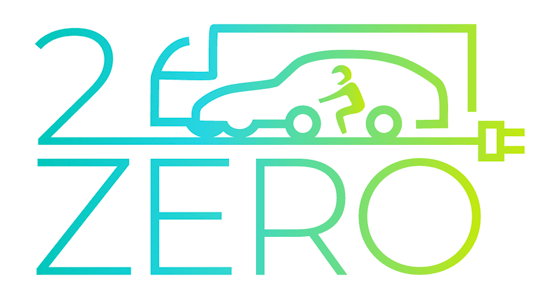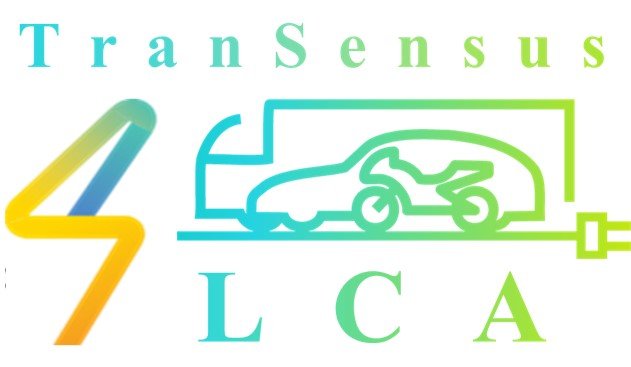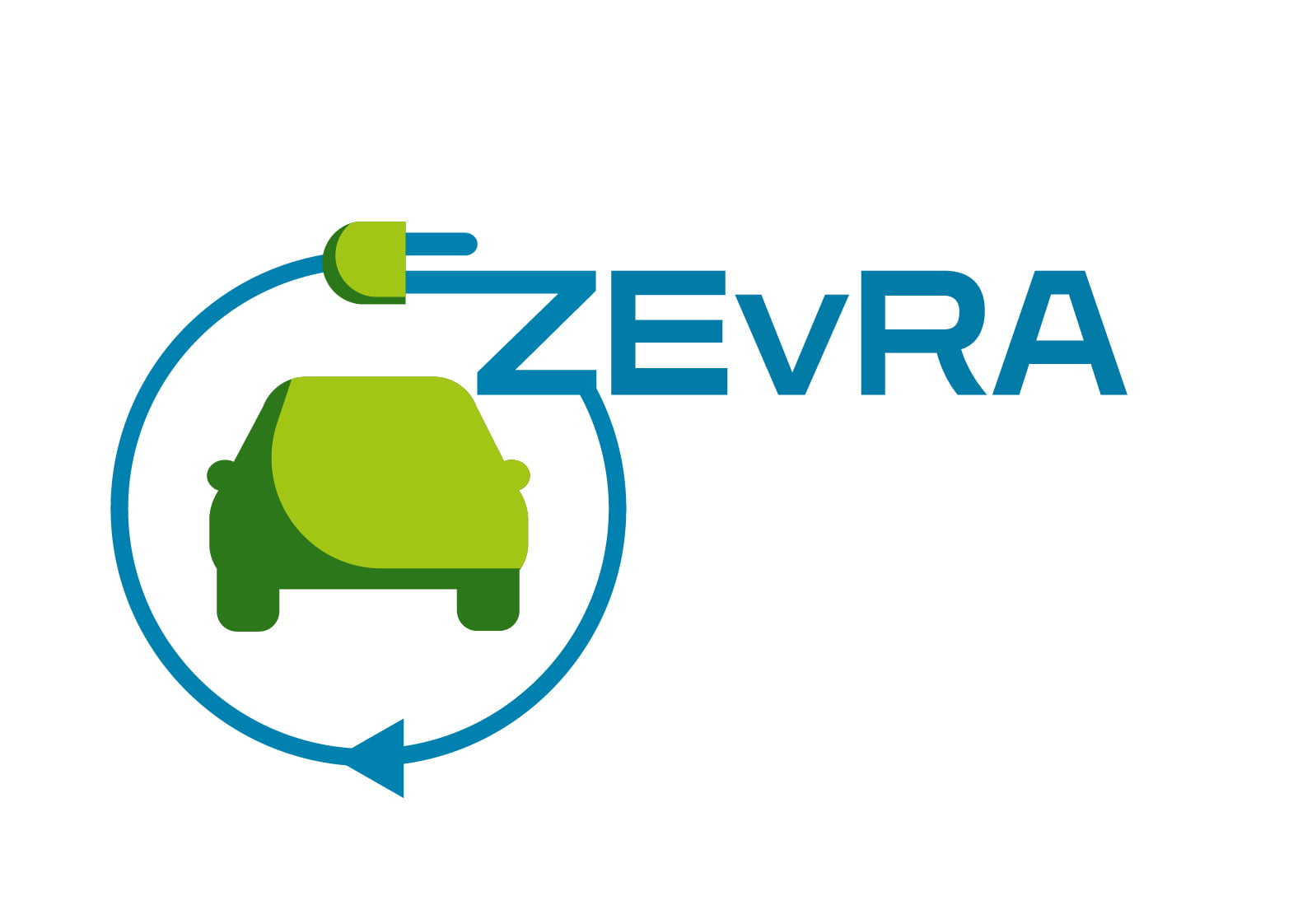#WeDrive2Zero: Interview with Gladys Moréac-Njeim, Pillar 4 co-leader

#WeDrive2Zero
Name: Gladys Moréac-Njeim
Position at EGVIAfor2Zero: Co-leader of Pillar 4, “LCA approaches and circular economy aspects for sustainable and innovative road mobility solutions” (Industry)
Job title: Expert in urban air quality, pollutant footprint environment at Renault Group
Technology area addressed: LCA and circularity
Please briefly introduce yourself
I am Dr. Gladys Moréac-Njeim, working for Renault Group within its Ampere subsidiary that is dedicated to Electric Vehicles. I am acting as an Expert in urban air quality, pollutant footprint environment.
I am contributing to the Renault Group’s environmental commitment, which is reflected in concrete actions: reducing emissions, adopting more efficient management of resources and energy, while preserving biodiversity. These ambitious commitments are integrated at every stage of the life cycle of our vehicles – from design to end of life – they demonstrate our continued dedication to a more sustainable future.
I am working on improving the Life Cycle Assessment (LCA) method of zero emission mobility – I am WP co-leader of CSA TranSensus LCA project. I am also EGVIAfor2Zero co-leader of the pillar on LCA and Circular Economy, and I am an active member of Renault Group Circular Economy Expertise team.
Why did you apply as 2Zero co-leader?
I have applied to co-lead the pillar on Life Cycle Assessment and Circularity to be part of the framework European research programme on Circular Economy. Contributing to such European Association activities was a natural step forward, in line with my present position at Renault Group.
It is very important for me to put forward the environmental issues that matter for all of us, to make real progress. Here there is a real opportunity to combine scientific excellence with industrial relevance, to guide our research and innovation towards cradle-to-cradle circular solutions in Europe.
Environmental impacts are something that really matter, the topic is a challenging team sport where we cannot succeed acting alone. My ambition is to drive all the ecosystem and engage all stakeholders to develop strong EU Circular Economy.
Can you provide a brief overview of the technology area “LCA and circularity”?
This area focuses on Life Cycle Assessment and Circular Economy approaches to create sustainable and innovative road mobility solutions. Our goal is to foster the development of tools and skills for life-cycle analysis, enabling the effective design, evaluation and implementation of innovative concepts in products and services within a circular economy framework.
Why is this this area important and how does it reflect the strategic vision and priorities of 2Zero?
The mobility system is rapidly evolving with new propulsion systems, infrastructure investments, changing ownership models and user behaviours. To make sustainable and informed choices, it is crucial to have tools for assessing technologies, non-technical measures and product life-cycle processes holistically.
- Selecting the right technologies for sustainable mobility requires early assessment of their ecological footprint and societal impact. Research and innovation based on Life Cycle Sustainability Assessment (LCSA) are needed to evaluate environmental, economic and societal impacts comprehensively.
- Circular Economy (CE) strategies are essential for achieving climate-neutral transport by minimising material and energy consumption. Research and innovation should focus on assessment, reducing ecological footprints, extending product lifetimes and ensuring the availability of circular resources.
LCSA and CE approaches must complement other initiatives under Horizon Europe and align with European Commission recommendations. These approaches provide a framework for sustainability assessment and must be developed iteratively, using outcomes from related activities as validation cases.
Are there any outcomes or relevant achievements worth highlighting?
Yes, having a dedicated pillar on LCA and Circular Economy, leveraging the highly relevant SRIA, within a dream team together with Thilo Bein from Fraunhofer LBF!
The proposition of coherent and systematically harmonised assessment of the ecological footprint of technologies, non-technical measures and product life-cycle processes is a great success for us.
Are there any relevant success stories that demonstrate high impact or replicability?
Yes, for example, the CSA project TranSensus LCA proposed a harmonised LCA method for Zero-Emission Vehicles that can be widely applied. Such a method will give us a unique opportunity to evaluate and compare confidentially the full environmental and social impacts of ZEV mobility – beyond Global Warming Potential. It aims to be integrated within the Circular Economy ecosystem.
And then, in ZEvRA, a Harmonised Circularity Assessment tool, a HCA-tool is developed by EURECAT. This tool is all about assessing circularity at the product level, whether intermediate components or final products. What makes the HCA-tool stand out is that it combines indicators from circularity, environmental, economic and social perspectives — what are called CEES-indicators — into a single score. Even though it might be an oversimplification for LCA practitioners, it provides an easy-to-understand number to final users. It can provide a clear, standardised way to compare circularity performance and make smarter, sustainability-driven choices.
Is there anything mentioned in the SRIA that is not currently addressed by existing projects?
In the realm of Life Cycle Sustainability Assessment (LCSA) – covering wider environmental impacts (not only GWP) – gaps, and data quality issues remain, despite the availability of databases, making it challenging to ensure accurate and comparable assessments.
Reliable datasets are crucial for Circular Economy (CE) strategies, which aim to minimise ecological footprints and improve resource efficiency.
Methods and tools must be integrated into product development and mobility planning, supporting eco-design and circular economy principles. This includes incorporating circular material flow and supply chain management into LCSA.
Identifying areas where new technologies can significantly reduce emissions and improve resource efficiency is vital. This requires harmonised methods, real-use performance data, and consideration of social aspects such as workforce impact and affordability.
Without large scale of implementation, there is a poor effective environmental impact. In this context, it is mandatory to take into account appropriated business cases and support a smooth transition towards the development and industrialisation of solutions.
Are these gaps not covered by WP2025, WP2026, or WP2027?
Despite the importance given within WP2025 & WP2026-2027 to digital solutions for tracking, tracing and managing products, components and materials throughout their lifecycle, there is still a need for development of sustainable materials and innovative recycling technologies, improvements in product design for circularity, and enhancements in reverse logistics and dismantling processes.
What should be addressed in FP10?
FP10 should engage all value chains stakeholders without gaps, to take all cradle-to-cradle aspects into account and not to neglect side effects or transfer environmental impacts.
Since a true, circular economy requires collaboration across various sectors, including manufacturing, energy, finance and waste management, there is a need for an integrated approach (with development of appropriated Global Sustainability, Data, Tools & Methods) in order to both minimise environmental and social impacts and optimise resource recovery.
And I would add: having a fair and trustworthy level playing field!
Which EU goals are addressed or supported by the projects of the technology area you are presenting?
EU’s sustainability goals for sure! However, impact cannot be viewed in isolation: these projects contribute, as well, to European prosperity, as competitiveness and resilience remain key pillars, alongside their social impact.
How do you envision the results of this technology area contributing to a more sustainable Europe?
2Zero can act as the “X-factor” of the European transition towards sustainability, all areas play a key role but, regarding the LCA and CE one, I can tell that Circular Economy has to be based on the 9R principles – Refuse, Rethink, Reduce, Reuse, Repair, Refurbish, Remanufacture, Recycle, and Recover. Nevertheless, today, the automotive sector is facing strong challenges, which include amongst others high material consumption, low vehicle-to-vehicle recycled rates, substantial scope 3 upstream CO2 emissions, and a dependency on non-EU resources.
Overall, improving data quality and integrating LCSA and CE strategies are essential to transform the mobility system and achieving sustainable road transport.
The results of these projects will contribute to advancing LCSA and CE approaches, therefore enhancing European competitiveness and resource sovereignty.


